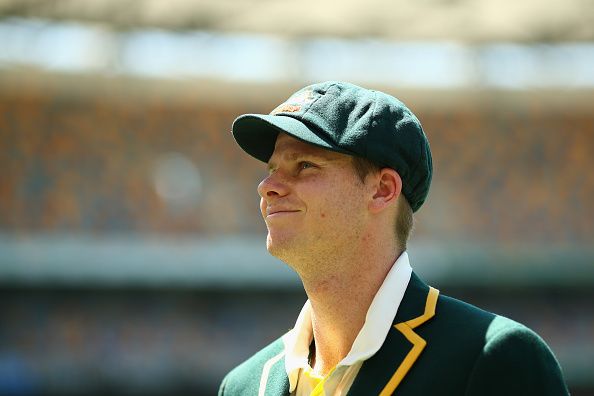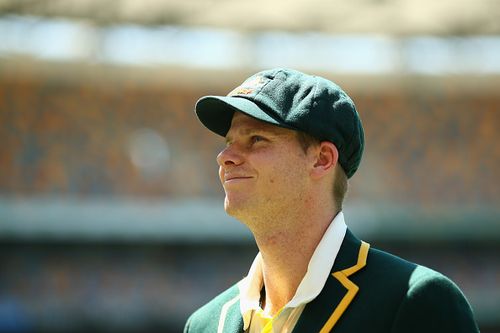
The rise and rise of Steven Smith

When Steven Smith came into the Australian team in 2010, many thought he would be the next Shane Warne. Between Warne’s retirement in January 2007 and Smith’s debut, Australia had used a number of spinners – Stuart McGill, Brad Hogg, Jason Krejza, Beau Casson, Bryce McGain and even Cameron White.
While McGill and Hogg were already past their prime by then, the others (barring Hauritz) were not even international standard bowlers, let alone a replacement for the iconic leg spinner. Unfortunately for Australian fans, nor was Steve Smith. He was not good enough to play Test cricket as leg spinner batting at number 8. After a string of poor performances, he was replaced by another young spinner – Nathan Lyon.
Smith, though, unlike the other spinners, returned to the Australian Test squad in their disastrous India tour in 2013. Only this time, he was playing as a middle order batsman with bowling being his secondary skill. He scored a brilliant 92 in his comeback game, playing confidently against a three-pronged Indian spin attack.
His watershed moment, however, came in the back-to-back Ashes tournaments later that year. His unbeaten 138 at Oval was the high point of Australia’s disappointing Ashes outing in England.
Smith’s best effort, though, came in the return Ashes that summer in Australia. He scored 2 hundreds – at Perth and Sydney – digging Australia out of a hole on both occasions. His vital contributions helped Australia thrash England 5-0 and regain the urn.
His purple patch continued. His 100 at Centurion and 84 at Cape Town helped Australia beat South Africa 2-1 and reclaim the No. 1 Test ranking for a brief period.
Despite his success as a Test batsman, Smith could not break into the Australian ODI team. After being in and out of the team for a while, he was picked in the team for the tri-series in Zimbabwe (also featuring South Africa) in August 2014.
Injuries to Warner, Watson and Clarke handed him a great opportunity to cement his place in the team. But Smith failed to make an impression in the series. Mitchell Marsh, another beneficiary of the long list of injured players, fared much better. As a result, Smith could not find a place in the eleven when the injured trio returned for the bilateral series against South Africa at home, despite his Man of the Series efforts in the UAE.
But Clarke got injured after playing just one game creating another opportunity for him. Smith nailed his spot this time with three back-to-back match winning knocks. Smith won the Man of the Match in two of these games and was named the Man of the Series.
Smith was on the rise. Another unbeaten hundred followed in the first Test against India at Adelaide. By the end of the match, the Australian captain Clarke fell prey to injury again. Smith was appointed the test captain for the remainder of the series ahead of vice-captain Haddin and Watson, who had served as stand-in captain before. He celebrated it with yet another splendid hundred in his first Test as captain in Brisbane.
Steven Smith hasn’t relieved the Australian selectors of their most agonizing job – the job of finding the next Shane Warne. But he has given them more than they had bargained for. He is an outstanding fielder, a prolific batsman and a capable leader – the qualities which might make him the next big Australian legend.